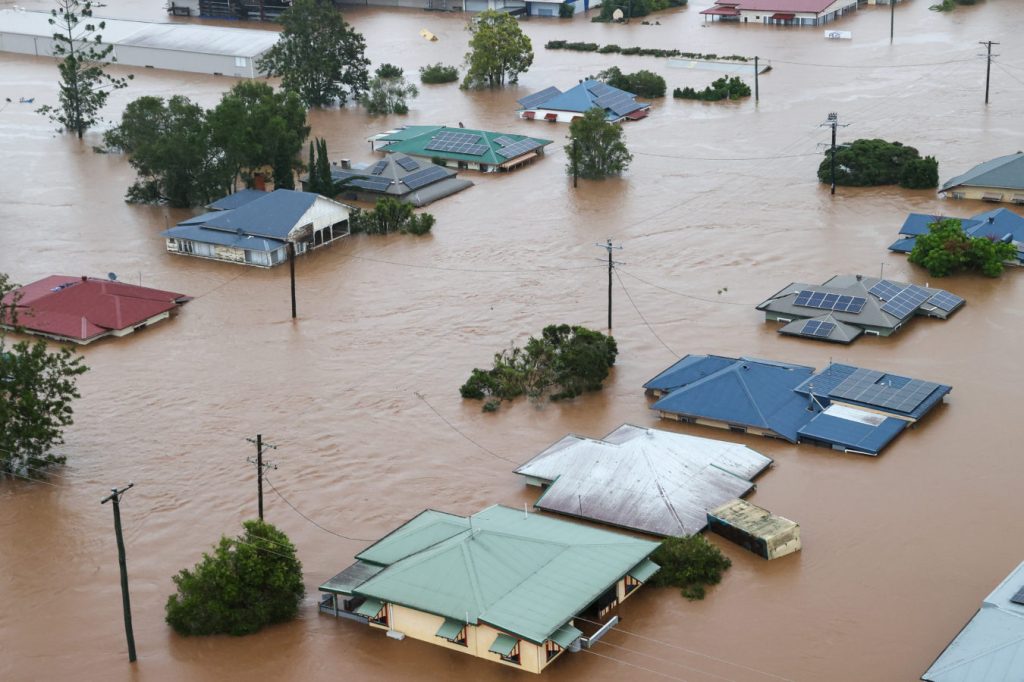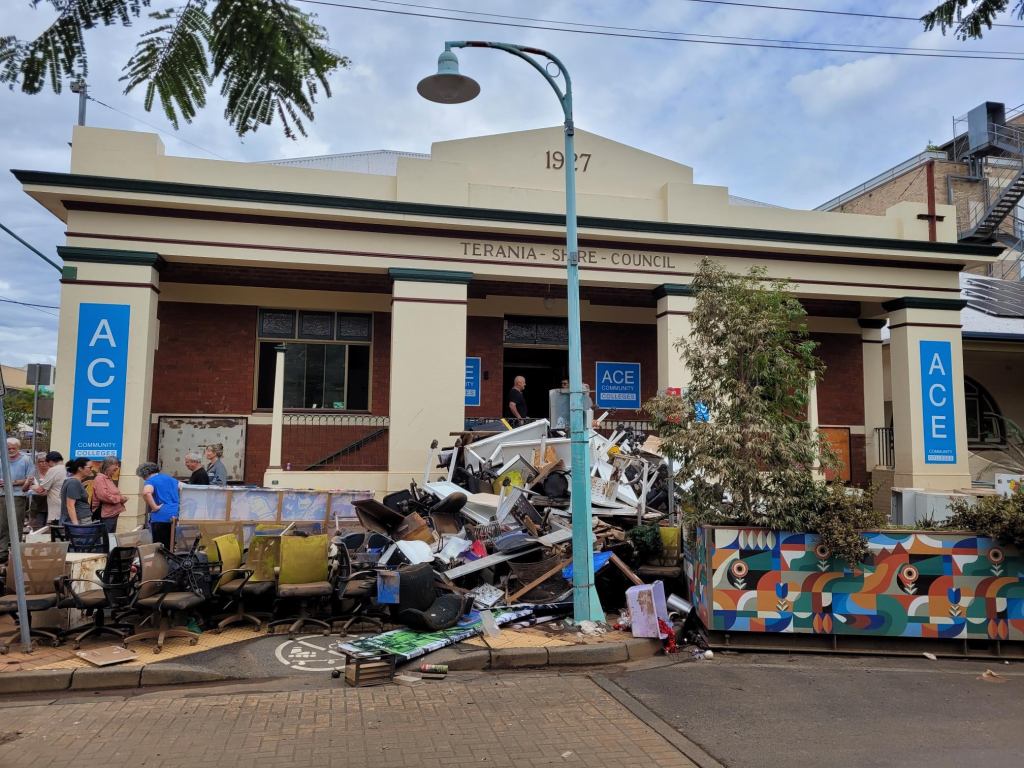My article “The Reading Writing Hotline at 30 Years” has been published (download a PDF copy here) by Fine Print, the journal of Victorian Adult Literacy and Basic Education Council (VALBEC), in celebration of the Hotline’s 30th anniversary. Here are some of my favourite parts of the article.

*****
The Reading Writing Hotline – a free national referral and advisory service for adults who want to improve their literacy, numeracy and digital (LND) skills – was originally established as a telephone support line for the 1994 ABC TV series The Reading Writing Roadshow.
The Hotline is a survivor. It has seen 14 ministers and 4 changes of government over 30 years, and kept its institutional home in TAFE NSW, Australia’s largest VET and literacy provider.
The Hotline supports – and provides crucial consistency to – the sometimes-dizzying array of literacy and foundation skills policies, programs and funding regimes developed by federal, state and territory governments, delivered through numerous providers.

COVID-19 and Natural Disasters Present Challenges for Adult Literacy Learners
Australians with literacy challenges are especially vulnerable to disasters: “Climate change impacts people experiencing financial and social disadvantage first, worst and longest because they have fewer resources to cope, adapt and recover, and because they already experience barriers to services and support,” says ACOSS. Aboriginal and Torres Strait Islander Australians also experience the worst impacts; they were seven times more likely than the rest of the population to become homeless because of the Lismore floods in early 2022.

Rural and regional Australians, more exposed to natural hazards, are up to twice as likely to be affected by flooding and bushfires than metropolitan residents, with associated higher rates of mental health stress. This vulnerability aligns with lower national literacy rates: rural areas experience lower rates and proportionately greater demand, yet have limited transport, less access to qualified teachers and “thin market” barriers to efficient service provision. Rural literacy providers cite “poor access to internet, poverty and ‘undiagnosed learning difficulties’ or ‘negative past experiences of school’ as key barriers”.
An accessible, national telephone-based support and referral service for Australians with low literacy helps meet community needs during disasters, with the Hotline as a distance-based “virtual” service an easy fit. The move to online digital services and communication – massively increased during COVID-19 – has placed many of the 20% of Australians with low LND skills at risk of further disadvantage.

Early History: The Birth of the Reading Writing Hotline
I am not an objective observer of the Hotline’s history. I was a member of the Hotline’s Steering Committee for seven years while serving as CEO of Community Colleges Australia. My connection extends further: I played a key role in the early development of the Hotline in 1992 and 1993, as the ABC TV Project Manager of The Reading Writing Roadshow television series, which followed the achievements during International Literacy Year (ILY) 1990.
ABC TV undertook the series as a co-production with TAFE NSW Open Training and Education Network (OTEN), which also produced and distributed 10,000 copies of the Reading Writing Roadshow Workbook to accompany and support the series for home-based distance learning. Fun fact: the Workbook became a best-seller in at least one inner Sydney bookshop, reported to me by the manager at the time.
Building on ILY TV broadcast successes, The Reading Writing Roadshow became an official ABC–TAFE NSW co-production in 1993 and 1994, during which TAFE’s literacy experts were “embedded” with the production team. The TAFE NSW–ABC partnership became Australia’s most successful broadcaster–educational institution collaboration and provided a strong foundation for future Hotline sustainability and success. It also set the tone for the Hotline’s operational and strategic expectations: to maintain the ideals of a national service, committed to community engagement that reaches large numbers – almost in “continuous campaign” mode.
The Hotline and Broadcast Media: Lost for Words on SBS TV
Surely the Hotline is the only 30-year-old Australian organisation born from and named after an educational television series. When the ABC partnership concluded, the Hotline proved versatile in continuing to use broadcast and mass media to recruit students and promote literacy.
The most recent addition to the Hotline’s broadcast partnership successes is collaboration with SBS TV in providing an information message at the conclusion of each broadcast of the two Lost for Words adult literacy series in 2021 and 2022. The series features Jo Medlin, President of Australian Council for Adult Literacy.
Final Thoughts
Here’s my call to Australian Government. Build on what we have already achieved. Utilise the Hotline to its, your and our best national advantage. Learn the lessons of mass literacy awareness from the four media “events” that impacted Hotline history: the ABC during International Literacy Year, the Reading Writing Roadshow series (1994–97), the contributions of Life. Be In It from 1994 and the two recent SBS TV Lost for Words series.
Think of a world where the Reading Writing Hotline did not exist. It would almost certainly have to be created by the Australian Government to meet our population’s diverse needs, but at a cost many times the current outlay, with years of planning.
Let’s start another national educational campaign: not just awareness, but again incorporating educational delivery, using one or both our national broadcasters, the Reading Writing Hotline and the network of adult literacy providers – including TAFE and the not-for-profit community sector – to tackle Australia’s literacy challenges head-on. This will mean broadening the availability and diversity of courses so anyone can access classes, as well as rebuilding the literacy workforce.
May the Hotline live for another 30 years. With a bit of luck and a lot of hard work, may Australia have no need for the Hotline after that. It’s in our hands.
*****
Download a PDF copy of the full article here.
I thank Vanessa Iles and The Reading Writing Hotline for their support in the preparation of this important paper, and I welcome comments from readers.
Watch the Hotline’s 30th anniversary launch video on YouTube (6’45”).



 Posted by donperlgut
Posted by donperlgut 















